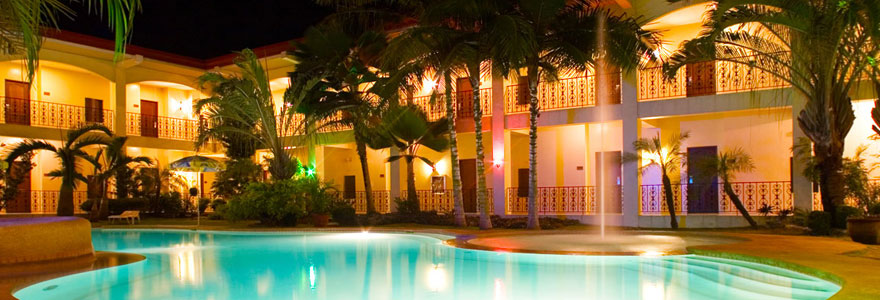
Palawan History may be traced back 22,000 years ago, as confirmed by the discovery of bone fragments of the Tabon Man in the municipality of Quezon. Although the origin of the cave dwellers is not yet established, anthropologists believe they came from Borneo. Known as the ""Cradle of Philippine Civilization,"" the Tabon Caves consist of a series of chambers where scholars and anthropologists discovered the remains of the Tabon Man along with his tools and a number of artifacts.
There are several versions regarding the origin of the name ""Palawan."" Some contend that it was derived from the Chinese word ""Pa-Lao-Yu"" meaning ""Land of Beautiful Harbors."" Others believe that it came from the Indian word ""Palawans"" meaning ""Territory."" Still others say that it was derived from a plant which the natives called Palwa."" But the popular belief is that ""Palawan"" is a corrupted form of the Spanish word ""Paragua"" because the main island's shape resembles a closed umbrella.
Spanish colonial structures like forts and lighthouses exist in the province. In Taytay, the historic Santa Isabel Fort is located. Built in 1667, under the Augustinian Recollect Fathers, the fort was used as a military station during that period. A small chapel and a cannon are still in the site. In Cuyo, one of the oldest and unique forts is found. The fort was built during the early Spanish period, purposely to protect its people from its enemies. Within its walls are a church, a convent, which now houses a Perpetual Adoration chapel. A historical landmark in Brooke's Point is the Port Miller and Lighthouse Tower. Port Miller is a cemented water tank constructed as a source of potable water for the natives and the settlers. The original lighthouse tower constructed by Sir James Brooke is still visible but much of the area is now occupied by a new lighthouse tower. In Balabac, a century-old beacon to seafarers, called the Melville Lighthouse, was used to guide ancient marine vessels landward. Presently, it is a familiar landmark to the local folks.
Palawan is a champion of nature preservation. A unique institute called the Irawan Crocodile Farming Institute is located in National Road, Barangay Irawan, Puerto Princesa City. Also known as the hospital for sick and disabled crocodiles, the institute aims to preserve and conduct further research studies on endangered crocodile species. It also institutionalizes the use of the raw materials derived from crocodile skin for common purposes. The place, moreover, also maintains a mini-zoo, featuring some of Palawan's endemic animals.
Many Manila-based fishing operations have built fortunes from the flourishing fish trade, supplying Manila and other points of Luzon with produce from the sea. Moreover, Palawan engages in the nation's most intensive environmental management program. The provincial government has mobilized its citizenry to actively participate in various environmental conservation and protection programs, such as the ""Bantay Gubat"" for forest protection, and the ""Bantay Dagat"" for the marine life preservation.
Political History A form of indigenous political structure developed in the island preceding the coming of the Spaniards, wherein the natives had their non-formal form of government, an alphabet, and a system of trading with sea-borne merchants.
When the Spaniards came, the northern portion of the province was assigned as the Calamianes Group while its southern portion remained part of the Sultanate of Sulu in the 16th century. The Spaniards built a stronghold in Taytay, as evidenced by a fortress called Fort Santa Isabel, which in 1818 was designated as capital of Calamianes province.
However, it was the Americans who established the province of Paragua in 1902, with Cuyo as the capital. Eventually, in 1905, the name was changed to Palawan and the capital moved to Puerto Princesa by virtue of Republic Act 1363.